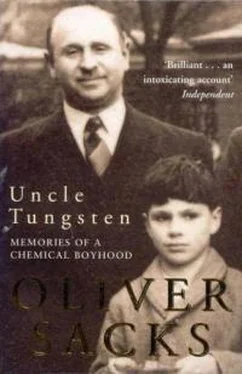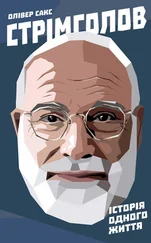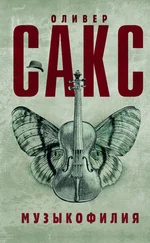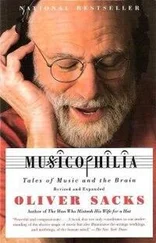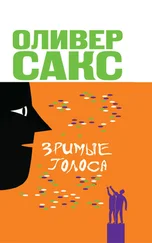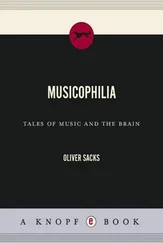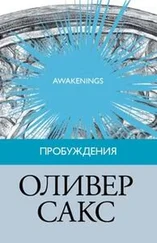It was similar with the vanished Willesden Hippodrome, if indeed it had ever existed. If I even asked, I imagined, people would say, ‘Willesden Hippodrome, indeed! What’s the boy thinking of? As if there would ever have been a hippodrome in Willesden!’ It was only when I saw an old photo that my doubts were banished, and I became confident that there was indeed once such a hippodrome, though it was bombed out of existence during the war.
I read 1984 when it came out in 1949, and found its account of the ‘memory hole’ peculiarly evocative and frightening, for it accorded with my own doubts about my memory. I think that reading this led to an increase in my own journal keeping, and photographing, and an increased need to look at testimonies of the past. This took many forms – an interest in antiquarian books and old things of every sort; in genealogy; in archaeology; and most especially in paleontology. I had been introduced to fossils as a child by Auntie Len, but now I saw them as guarantors of reality.
So I loved old photos of our neighborhood and of London. They seemed to me like an extension of my own memory and identity, helped to moor me, anchor me in space and time, as an English boy born in the 1930 s, born into a London similar to that in which my parents, my uncles and aunts, had grown up, a London which would have been recognizable to Wells, Chesterton, Dickens, or Conan Doyle. I pored over old photos, local and historical ones as well as the old family ones, to see where I came from, to see who I was.
* * *
If photography was a metaphor for perception and memory and identity, it was equally a model, a microcosm, of science at work – and a particularly sweet science, since it brought chemistry and optics and perception together into a single, indivisible unity. Snapping a picture, sending it out to be developed and printed, was exciting, of course, but in a limited way. I wanted to understand, to master for myself, all the processes involved, and to manipulate them in my own way.
I was especially fascinated by the early history of photography and the chemical discoveries that had led to it: how it was first realized, as early as 1725, that silver salts darkened with light, and how Humphry Davy (with his friend Thomas Wedgwood) had made contact images of leaves and insect wings on paper or white leather soaked in silver nitrate, and photos with a camera lucida. But they were unable to fix the images they produced and could view them only in red light or candlelight, otherwise they would blacken completely. I wondered why Davy, so expert a chemist and so familiar with Scheele’s work, had failed to make use of Scheele’s observation that ammonia could ‘fix’ the images (by removing the surplus silver salt) – had he done so, he might have been seen as the father of photography, anticipating the final breakthrough in the 1830 s, when Fox Talbot, Daguerre, and others were able to make permanent images, using chemicals to develop and fix them.
We lived very near my cousin Walter Alexander (it was to his flat we went when a bomb landed next door during the Blitz), and I became close to him despite the great disparity in our ages (though my first cousin, he was thirty years my senior), for he was a professional magician and photographer who retained a very playful character all his life, and loved tricks and illusions of every sort. It was Walter who first inducted me into photography, by showing me the magic of an image emerging as he developed sheets of film in his red-lit darkroom. I never tired of the wonder of this, seeing the first faint hints of an image – were they really there, or was one deceiving oneself? – grow stronger, richer, clearer, come to full life, as he tilted the film to and fro in the tray of developing fluid, until at last, fully developed, there lay a tiny, perfect facsimile of the scene.
Walter’s mother, Rose Landau, had gone to South Africa with her brothers in the 1870 s, where she took photographs of mines and miners, taverns and boomtowns, in the early days of the diamond and gold rushes. It had required considerable physical strength, as well as audacity, to make such photographs at this time, for she had to lug a massive camera around with her, along with all the glass plates it might need. Rose was still alive in 1940, the only one of the firstborn uncles and aunts I ever met. Walter himself had her original camera, as well as a considerable collection of cameras and stereoscopes of his own.
In addition to an original Daguerre camera, complete with its iodizing and mercury boxes, Walter had a huge view camera, with a rising front and tilt and bellows, that took eight-by-ten-inch sheet film (he still used this, at times, for studio portraits); a stereo camera; and a beautiful little Leica, with an f⁄3.5 lens – the first 35-millimeter miniature camera I had seen. The Leica was his favorite camera when he went hiking; he preferred to use a twin-lens reflex, a Rolleiflex, for general use. He also had some trick cameras from the beginning of the century – one of these, built for detective work, looked just like a pocket watch, and took pictures on 16-millimeter film.
All my own photography at first was in black and white – I could not have developed and printed my own films, otherwise – but I had no sense that these were ‘lacking’ color. My first camera was a pinhole camera, which gave surprisingly good pictures, with an enormous depth of focus. Then I had a simple fixed-lens box camera – it cost two shillings at Woolworth’s. Then a folding Kodak camera, which took 620 roll film. I was fascinated by the speeds and finenesses of different emulsions, from the slow, fine-grained ones which allowed exquisite detail to the fastest ones, almost fifty times faster than some of the slow emulsions, so that one could take photographs even at night (though these were so grainy one could scarcely enlarge them at all). I looked at some of these different emulsions under the microscope, seeing what the grains of silver actually looked like, and wondered whether one could have grains of silver so small as to produce a virtually grainless emulsion.
I enjoyed making light-sensitive emulsions myself, absurdly crude and slow as they were compared to the ready-made ones. I would take a 10-percent solution of silver nitrate and add it slowly, with continual stirring, to a solution of potassium chloride and gelatin. The crystals suspended in the gelatin were extremely fine and not too light-sensitive, so one could do this safely under a red light. One could make the crystals larger and more sensitive by warming the emulsion for several hours, which would allow the smallest crystals to redissolve and redeposit on the larger ones. After this ‘ripening’, one added a little more gelatin, let it all set to a stiff jelly, and then smeared it on paper.
I could also impregnate paper directly with silver chloride, avoiding the gelatin altogether, by first immersing the paper in a salt solution and then in silver nitrate; the silver chloride formed would be held by the fibers of the paper. Either way, I was able to make my own print-out paper, as it was called, and with this to make contact prints from negatives, or silhouettes of lace or ferns, though it took several minutes of exposure to direct sunlight to obtain these.
Fixing the prints with hypo straight after exposure tended to produce rather ugly brown colors, and this drew me into experimenting with toning of various sorts. The simplest was sepia toning – not (alas) done with cuttlefish ink, sepia, as I had hoped, but by converting the silver of the image to sepia-colored silver sulphide. One could do gold toning, too – this involved immersion in a solution of gold chloride, and produced a bluish purple image, metallic gold being precipitated onto the particles of silver. And if one tried this after sulphide toning, one could get a lovely red color, an image of gold sulphide.
Читать дальше
